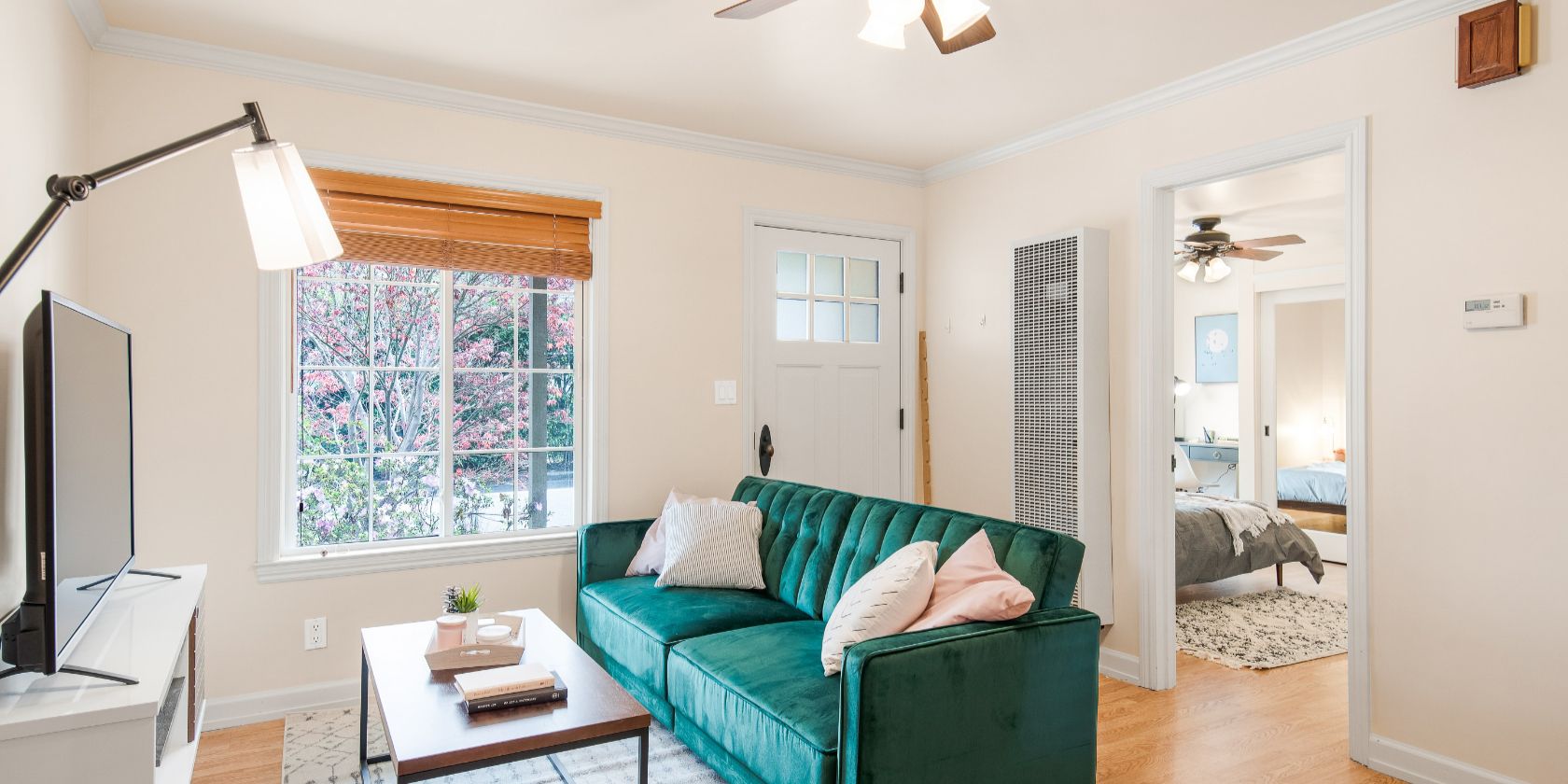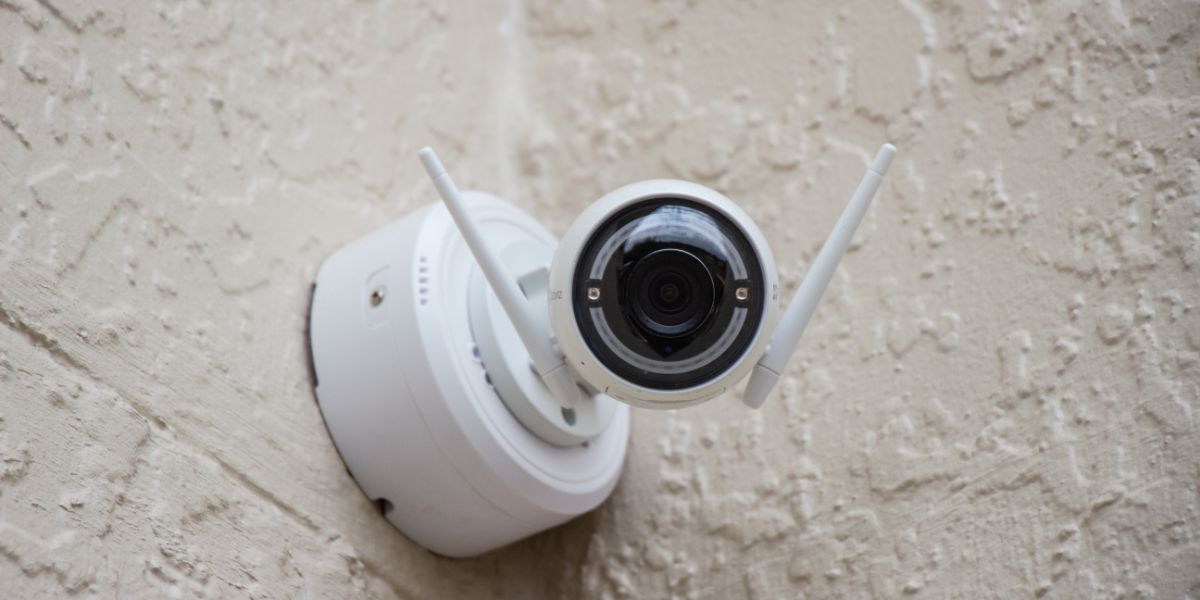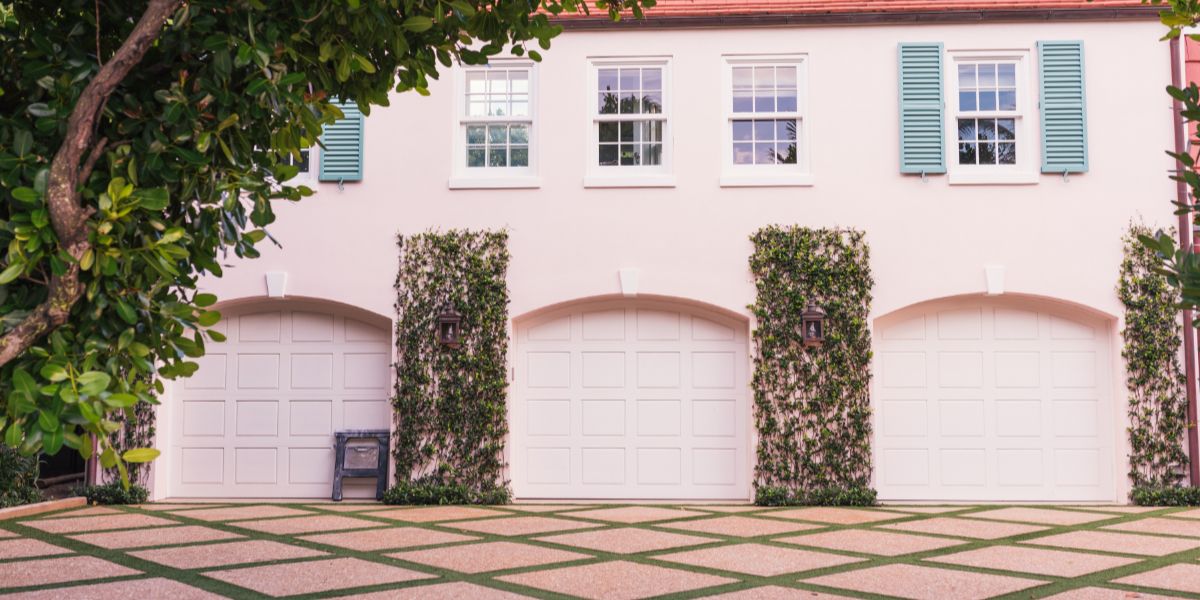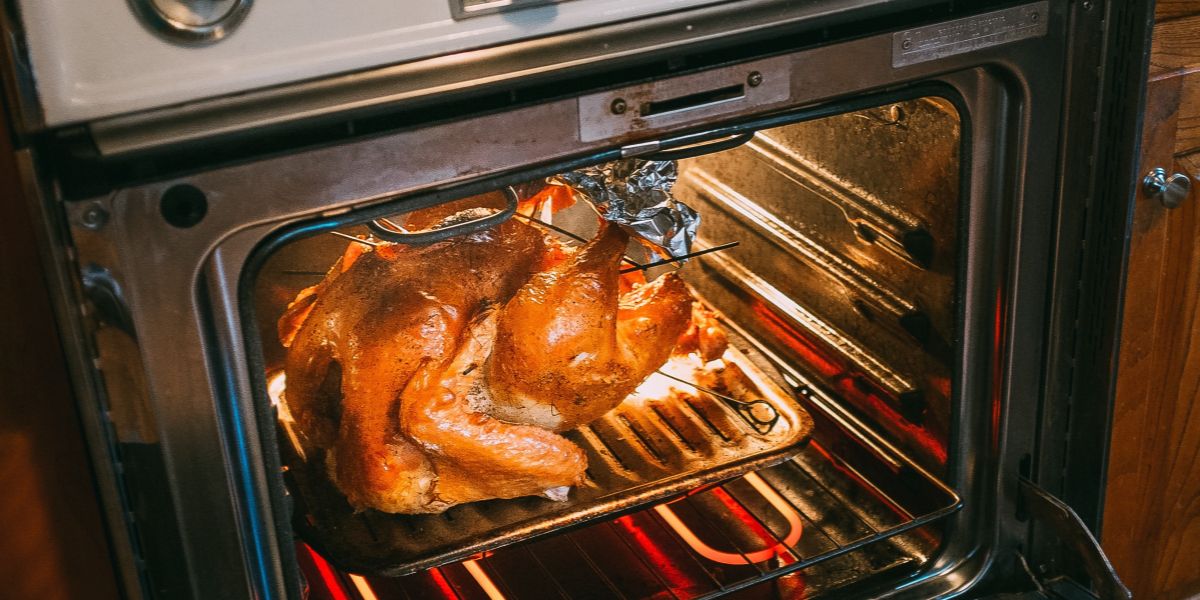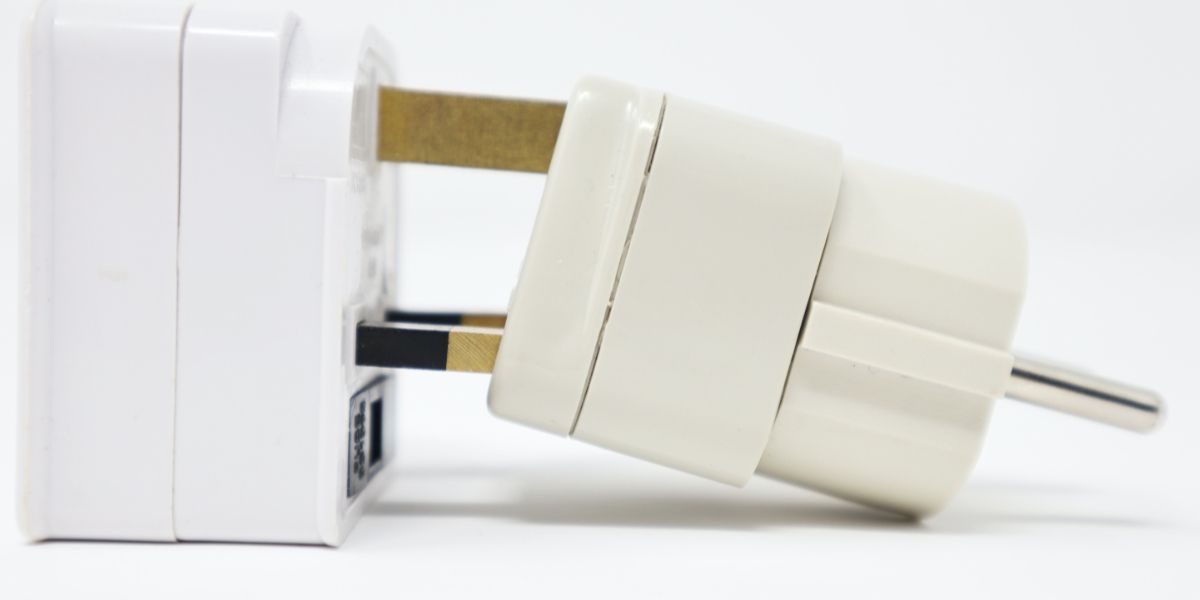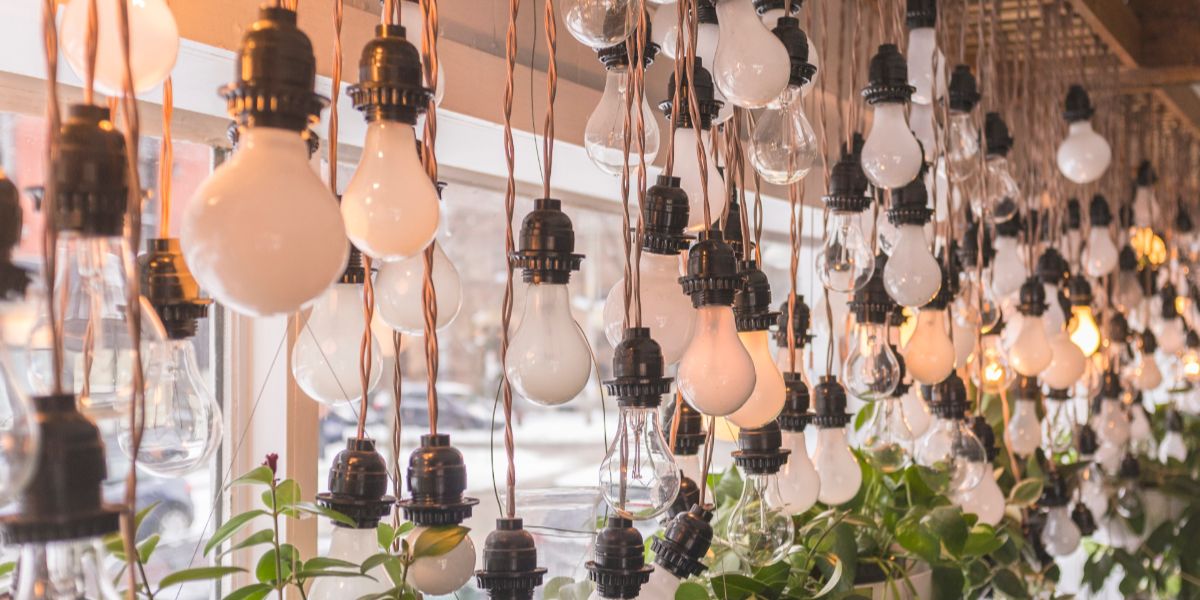Everyone loves saving money, but the consequences of buying inexpensive smart home devices sometimes outweigh the low price.
We’ll show you three devices that are worth spending extra on, and two categories where you can pay less without sacrificing quality.
Buy the Best You Can Afford
1. Smart Home Security
While it may be tempting to scrimp on a security system for your home, remember that it's is the first line of defense at protecting your family and valuables. That’s why it’s worth the extra cost to buy a system that provides quality service and long-lasting hardware. For a good security system, expect to spend $100 or more, and plan on buying the best you can afford.
Systems from companies like Ring, Simplisafe, and Abode are all backed by 24/7 monitoring for a small monthly fee. Many of these systems send instant notifications to your smartphone. Many also come with support for multiple entrance points. Some systems use high-end motion sensors to detect intruders, and even recognize the sound of breaking glass.
Many manufacturers offer high levels of customization. Some, like the Ring system, offer DIY installation. Others, like the Abode, offer professional installation for a few dollars more. Quality systems feature Amazon Alexa, Apple HomeKit, and Google Home integration, so you can arm and disarm your security system using your voice.
While $100 or more seems like a significant purchase, consider the total dollar value of the people and possessions in your home. With that in mind, these systems provide excellent protection at a reasonable price. Though costly, a quality security system offers homeowners peace of mind.
2. Garage Door Openers
If you’re looking to automate your garage door beyond the standard push-button in your vehicle, then a smart garage door opener is for you. However, there are two ways to approach this project.
The first is buying a garage door opener wireless control unit. The other option is to purchase a garage door opener that comes with smart home technology already installed. The latter doesn't need a separate controller.
Both options have their merits. Usually, a smart garage door controller can be obtained for around $50. While some of these controllers function well, the concern about reliability is something to consider for inexpensive devices. For $50 or more, you’ll find reliable controllers that also work with major brands like Apple HomeKit and Amazon Alexa.
If you're installing an opener for the first time, an integrated smart garage door opener might be more cost-effective. Rather than requiring a separate controller, these smart openers have their controller built-in. Complete units usually retail for around $250.
When considering the number of years the garage door opener will be in operation, an integrated unit is often the better choice.
For all-in-one units, both Genie and Chamberlain have a number of different options available for less than $300.
For controllers, we suggest selecting something like the Chamberlain MyQ, or the Meross MSG 100. These two controllers have simple installation, similar functionality, a dedicated app, and easy operation. They also work fairly well.
Both support Amazon Alexa and Apple HomeKit. The Chamberlain MyQ is slightly less expensive than the Meross, but contains a unique feature—Amazon Key in-garage delivery. If you consistently receive Amazon packages, have a problem with porch pirates, or would prefer packages not to be left out during inclement weather, then this service may prove valuable to you.
If the idea of an Amazon delivery driver poking around your space makes you uncomfortable, we understand. But don’t write off the MyQ opener just yet. There is also an option to buy an Amazon Key compatible camera to monitor in-garage deliveries, or you may choose to forego the Key service altogether. It’s not required to use the MyQ.
3. Smart Appliances
The range of smart appliances available is becoming larger. Robotic vacuums, smart ovens, washer and dryer combinations, and many other large-scale appliances are all available with smart technology installed.
By choosing one or more of these products, you’re solidifying your commitment to the smart home lifestyle for the next few years or longer. So don't fall into the temptation of saving some cash when shopping. It is always advisable to buy the best you can afford.
In fact, we recommend that if you are forced to choose between a cheap smart appliance and a higher-quality “dumb” appliance, you choose the latter. We think you’ll be much happier. If, however, you’ve decided that smart is the way to go, we recommend buying items that come with a minimum of a 12-month warranty on parts and labor.
Unfortunately, some smart appliance warranties make no mention of key firmware updates despite constantly changing technology. This means that if you have security issues with one or more of your smart appliances, those issues may not be corrected quickly or at all.
Additionally, it’s not clear whether most homeowner’s insurance policies or extended home warranties will cover smart appliances. For these reasons, we suggest making the warranty an important consideration when making major smart appliance decisions. We also suggest checking with your homeowner’s insurance policy, or a home warranty, to determine if these devices will be covered if one breaks down.
Save Money on These Devices
1. Smart Plugs
Because of the current offerings available, we feel that buying expensive smart home plugs isn’t really in your best interest. Wyze, Kasa, and Samsung offer plugs that do almost everything you need them to without breaking the bank.
Smart plugs are also the easiest port of entry into smart home technology, and they give you a chance to test-drive how a smart home setup may make your life easier.
We suggest not spending more than around $30 for a single plug, though many may be had for around half of that cost. Some even offer two or more plugs for around $20.
2. Smart Bulbs
Almost every smart home manufacturer has a smart bulb offering. Four-packs of color-changing, Amazon Alexa-enabled bulbs from companies like Sylvania can be purchased for around $30.
We think that these bulbs are great to start building your smart home without much commitment. If they work for you, then you can always upgrade to more expandable systems like Philips Hue.
But, if you find that you’re not using your smart bulbs very often, then it’s easier to write-off a $30 purchase than a $200 mistake.
Making the Most of Your Smart Home Budget
With so many smart devices on the market today, it may be difficult to determine where you can cut costs. Security products, large appliances, and products that allow access into your home always warrant spending a little extra.
But products like bulbs and smart plugs needn’t be expensive to function well. By keeping this list in mind, you can save money without worrying that you’re making a bad purchase decision.
And after jumping into smart home devices, you can do much more like using smart plugs for automation.

